Most portrait photographers prefer subjects to choose a photo of themselves from the gallery.
As a portrait photography studio, some clients trust our professionalism. They’ll request that we select their photo.
Ultimately, the subject has a final say in how a portrait photo should represent them or their brand identity. Photographers can provide guidance, but the subject knows how they want to portray themselves.
Every subject should show the photos to family and friends. Collect opinions from other trustworthy people before finalizing the selection. They may spot a flaw or raise a convincing perspective.

The photos that we show clients in sample galleries are called proofs. They not color-corrected, not retouched, and sometimes, not straightened. Once the client chooses a photo, then we begin to retouch it.
After an average portrait photography session (with 1 subject in 1 outfit), we’ll capture about 200-300 photos. Within this range of photos, there are strobe misfires, closed eyes, and awkward smiles.
On average, we pull 10-12 excellent photos for clients to select in their gallery.
Showing a client too many photos can have disastrous consequences. The client feels like they have homework because curating 200-300 photos is overwhelming and tedious. Instead, the client should trust the portrait photographer to curate the best photos.
Curating photos from a portrait session begins with selecting three at a time and choosing one favorite from the group. We repeat this process until we have about 10-12 excellent photos to show the client. On average, it takes about 1 hour to curate photos from one portrait photography session.
Once these photos are curated, our studio uploads them into an online gallery for viewing.
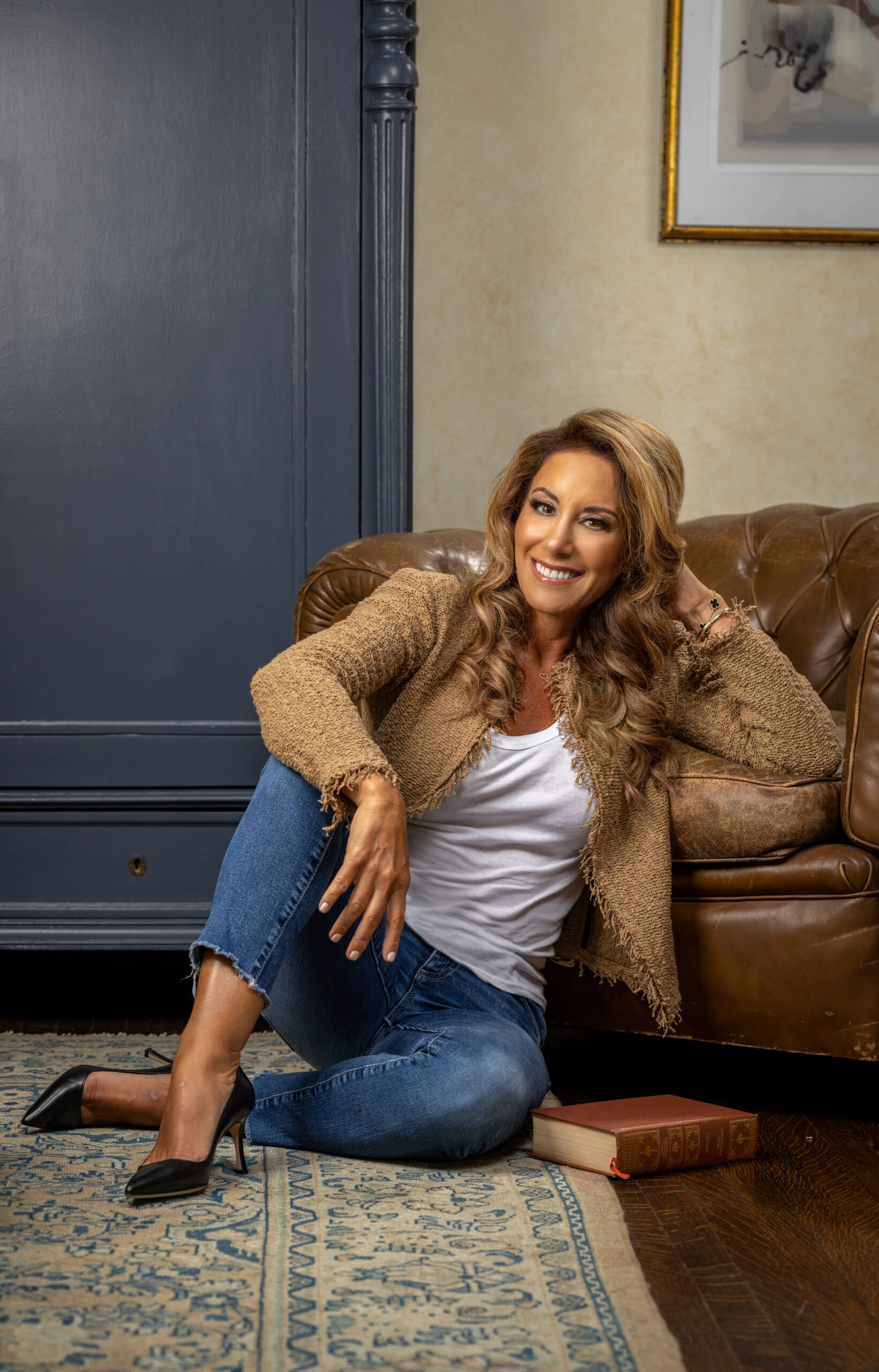
We tell clients to choose a photo based on their facial expression and body posture.
These two features are the foundation of a photo.
Consider the facial expression when choosing a photo. Do you want to display a serious face with no smile or a joyful laugh showing your teeth? Choose an expression that best represents your personality.
Our executive headshot photography for the American Cancer Society is great example of how facial expressions can set the mood of a photo.
Posing is important in a photograph, too. Slight body movements during a portrait session make a significant difference for the camera.
Think about how each pose enhances your body.
Experimenting with a range of poses during the portrait photography session gives subjects more options to choose from. Some poses feel weird to do, but look great on camera.
Post-production addresses the remaining details, such as color, shine, body slimming, and other imperfections. Pick a pose, pick a face, and trust the retouching process.
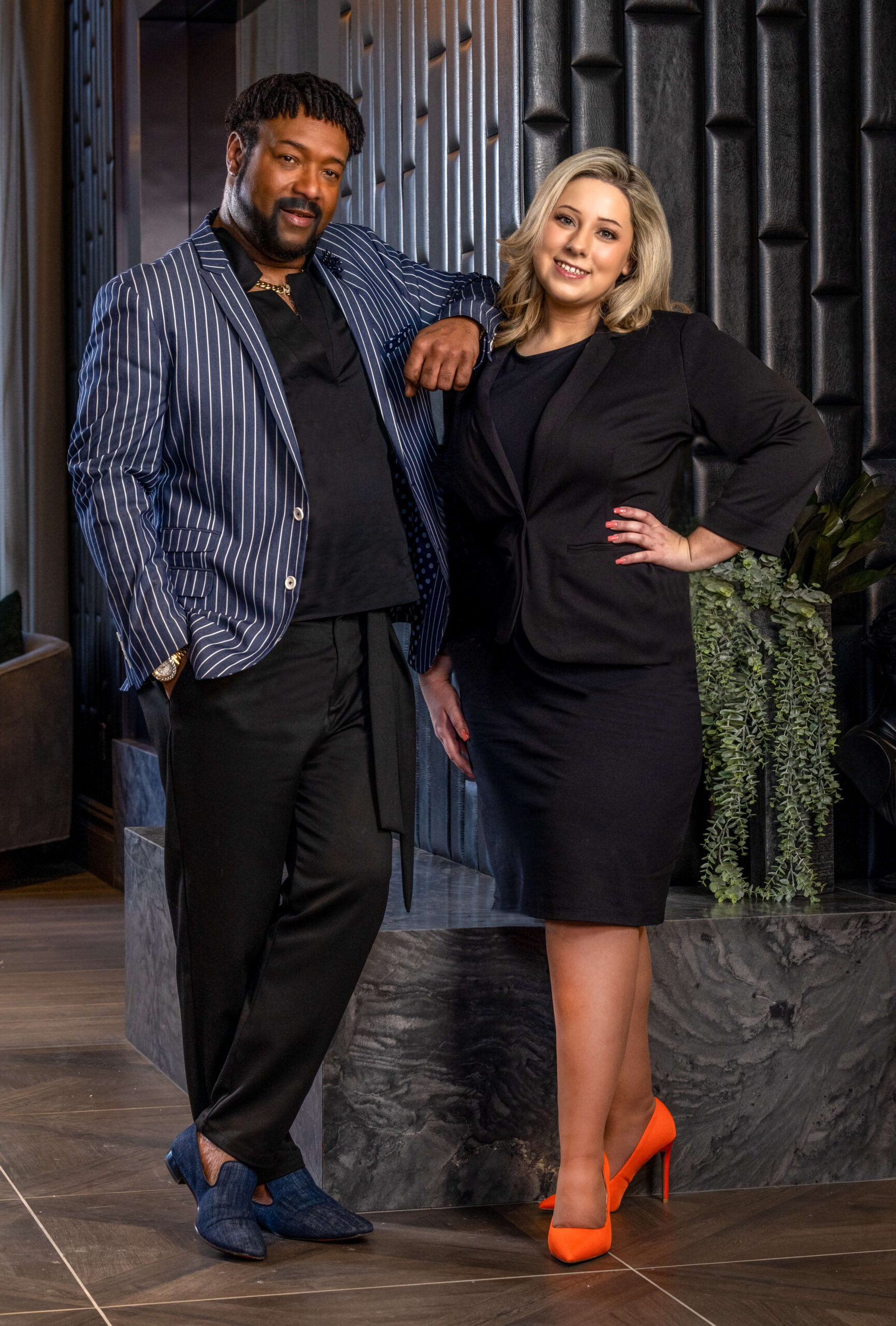
Zooming into your face is a natural tendency. This is especially true if your photo is appearing in a wide-spread publication or online website.
But zooming too close into a photo can mislead you.
Full-length portraits are different than three-quarter headshots. Photographers account for three-quarters of the body with headshots. They’ll place a reflector underneath the subject to bounce light and concentrate more on sculpting the face.
On the other hand, full-length portraits account for the entire body. Photographers need to fill it in entire frame. As a result, cropping tight (or zooming in) will create more grain. It is obvious when subjects crop their full-length portraits into headshots.
Think about it: do movies shoot one scene from one angle with one lens? If they want a closer shot of the face, would they crop the shot? No—they’ll switch lens, change positions, and light it accordingly. Same idea with a headshot and a full-length portrait photography.
When zooming into a portrait or headshot, look for two important factors:
Also, depending on the crop and print size of your photo, your head may appear small. For example—in a 9-inch x 11-inch magazine—your head size in a full-length portrait photo is about the size of a quarter. In these dimensions, most facial details are invisible.
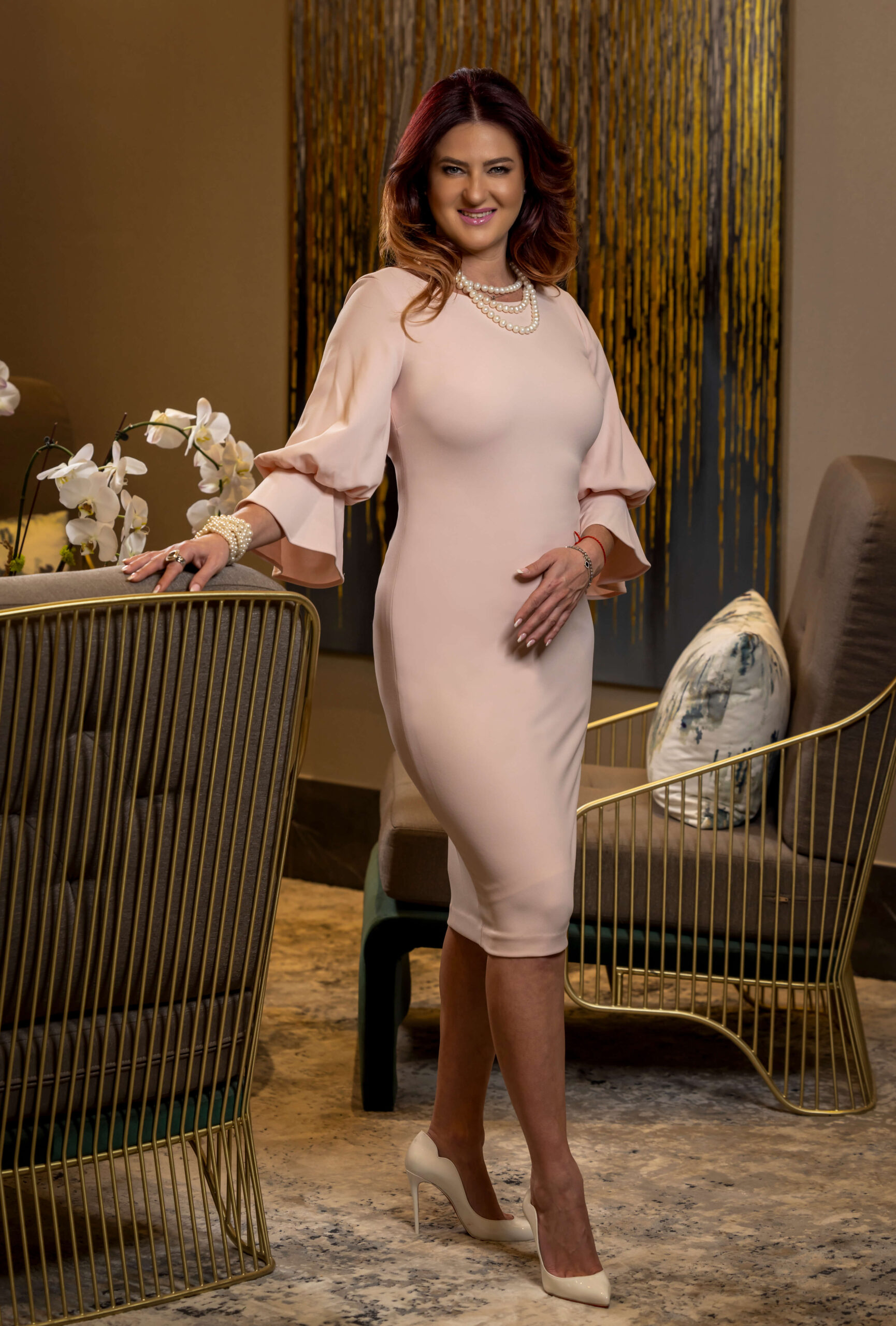
Retouching is a “touchy” subject.
As professional portrait photographers, we take the creative initiatives that we deem necessary. We want to enhance the image while preserving natural beauty. However, clients may envision themselves differently, and want to change imperfections that they notice.
When clients select their photo, they should simultaneously provide retouching feedback. This information guides photographers during post-production. During the retouching process, we'll know where to concentrate our focus.
Once a photo is selected, we perform basic retouching.
Standard retouching includes:
But Photoshop is capable of extraordinary things. Some clients are unaware of how we can retouch a photo to fit their standards.
Heavy retouching—which is usually an additional cost—includes:
Before selecting a photo, consider the capabilities that portrait photographers have through software programs like Photoshop. Oftentimes, subjects will gloss over a photo that retouching can improve.
Ask about the possibilities. They may sound crazy to you, but for portrait photographers, it is most likely a typical fix.

Will your photo fit where you plan to use it?
Make sure to relay this to a portrait photographer. It is their responsibility to capture a photo that fits the crop.
For example: vertical photos are best for a single page in a magazine. On the other hand, horizontal photos are suitable for two-page spreads. Learn more about single pages and two-page spreads before finalizing your portrait photo.
Websites and certain social media platforms have ideal dimensions for visual content.
For instance, square dimensions will fit on Instagram, while Pinterest prefers a 2:3 ratio. Consider where you want to display your photos, so you can choose the most effective dimensions.
Are you running an ad in a magazine or on a digital platform? The graphic design team may want to place text on the photo. When a portrait photographer knows your intentions, then they can create photos that properly fit your needs.
See an example of ad campaign photography with graphics and text.
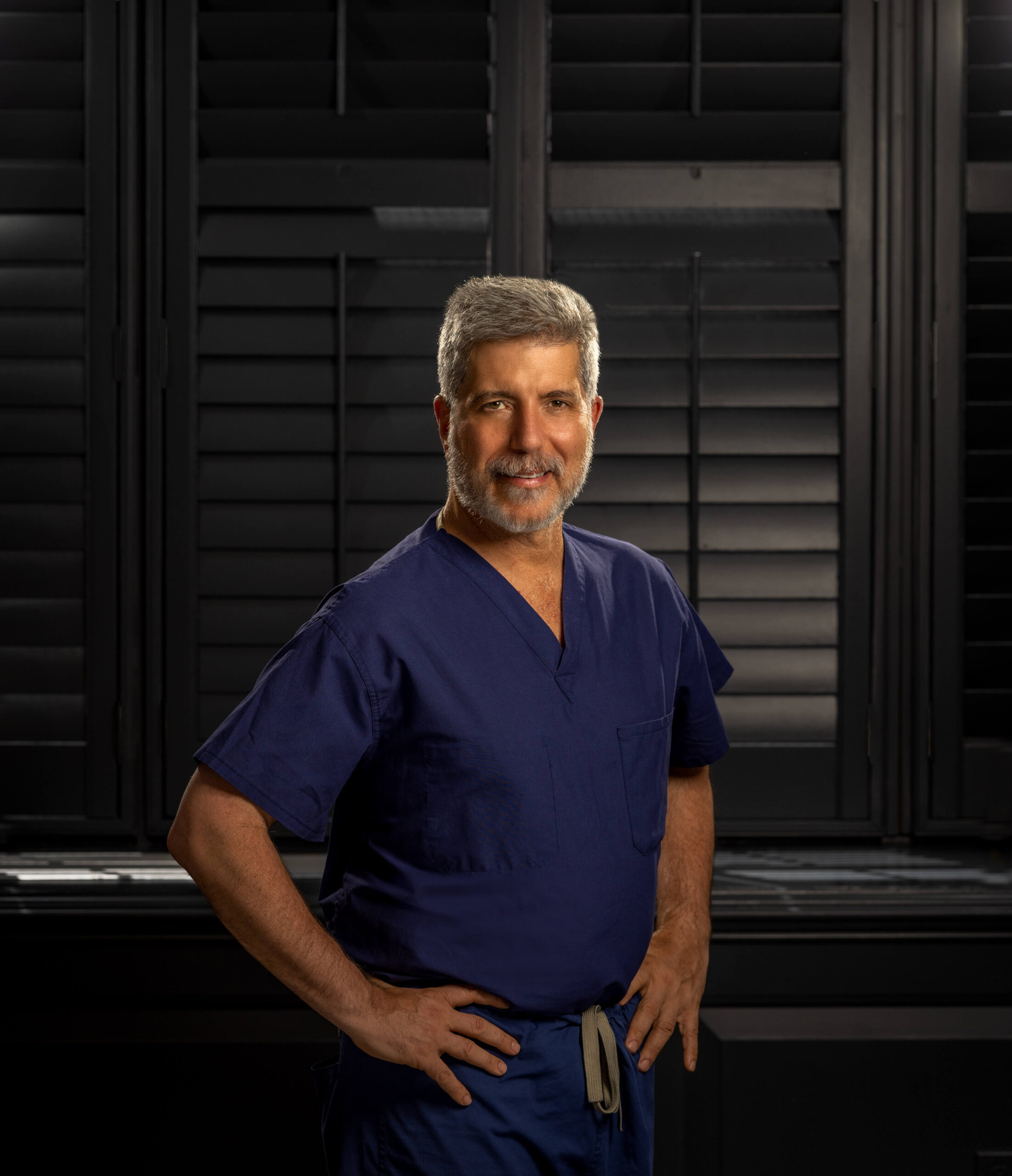
Over the years, we’ve become a trusted photography resource in Philly. Prior to your session, we encourage you to explore read How to Prepare for Photography, which helps clients before their arrival to a photo shoot.
Schedule a portrait photography session with Phil Kramer to capture your business portraits in Philadelphia. For over 40 years, we’ve specialized in capturing the moment. If you’re looking for a top photographer near Old City, Philadelphia, then contact our studio for your photography needs.
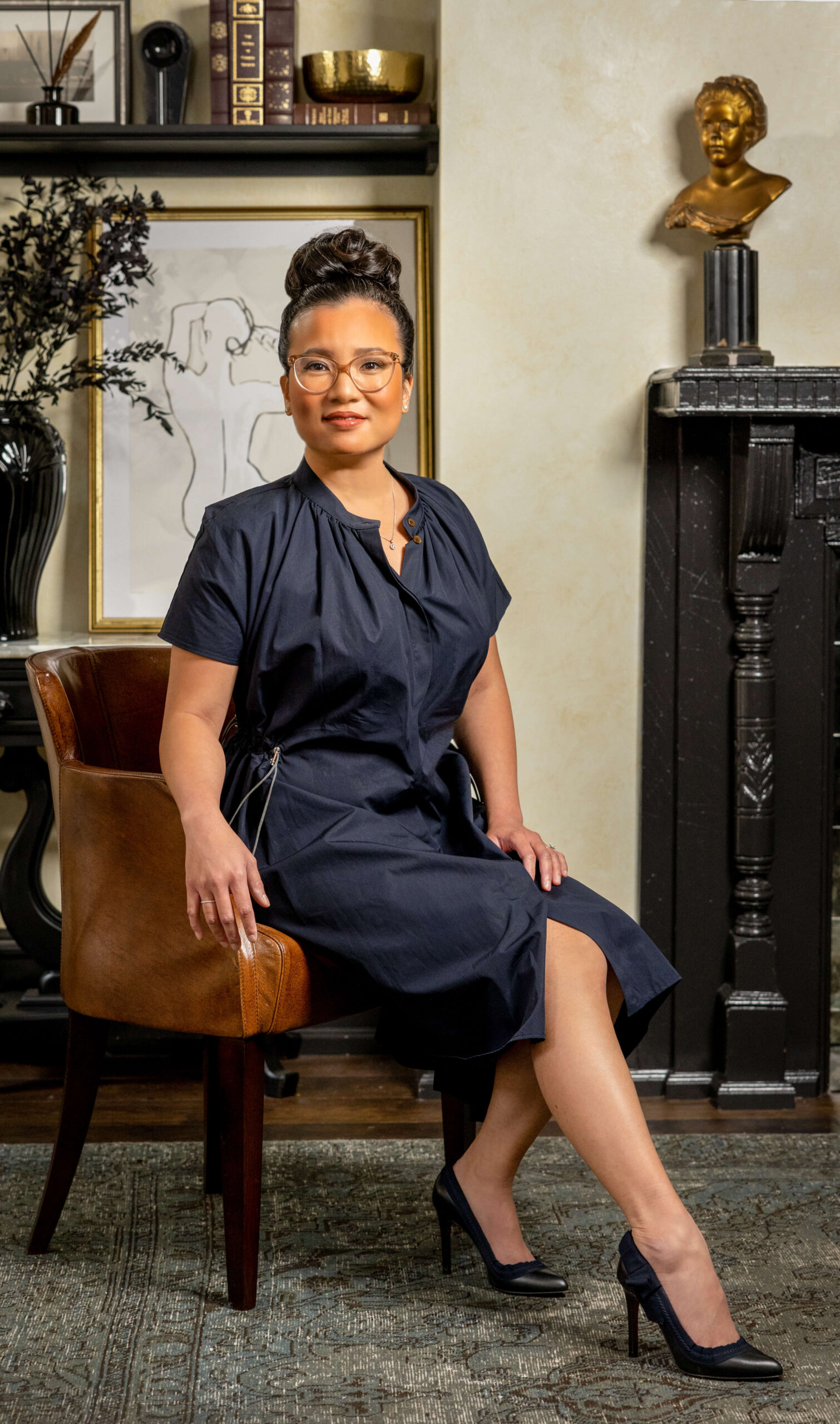
"*" indicates required fields
© 2025 pkphoto.com. All Rights Reserved. Privacy Policy. Sitemap.